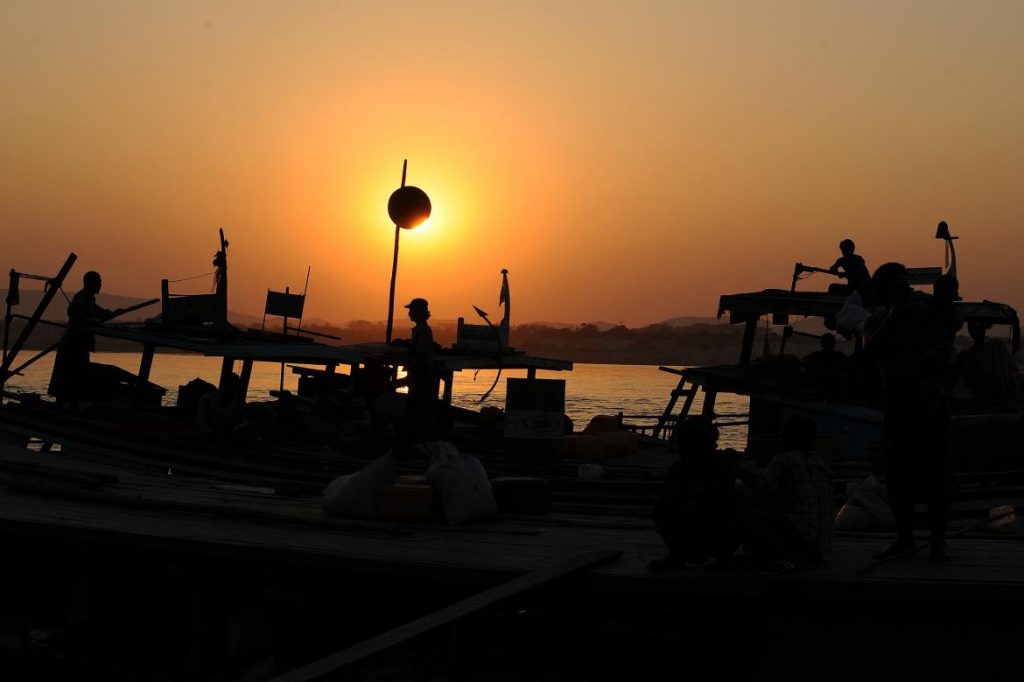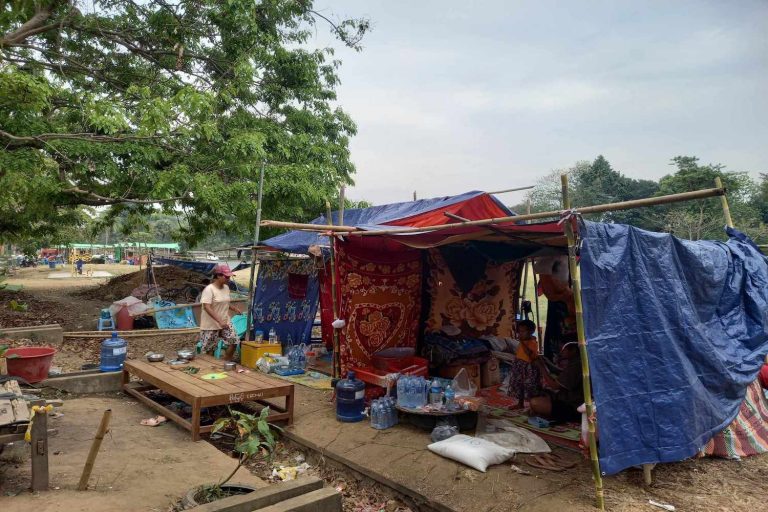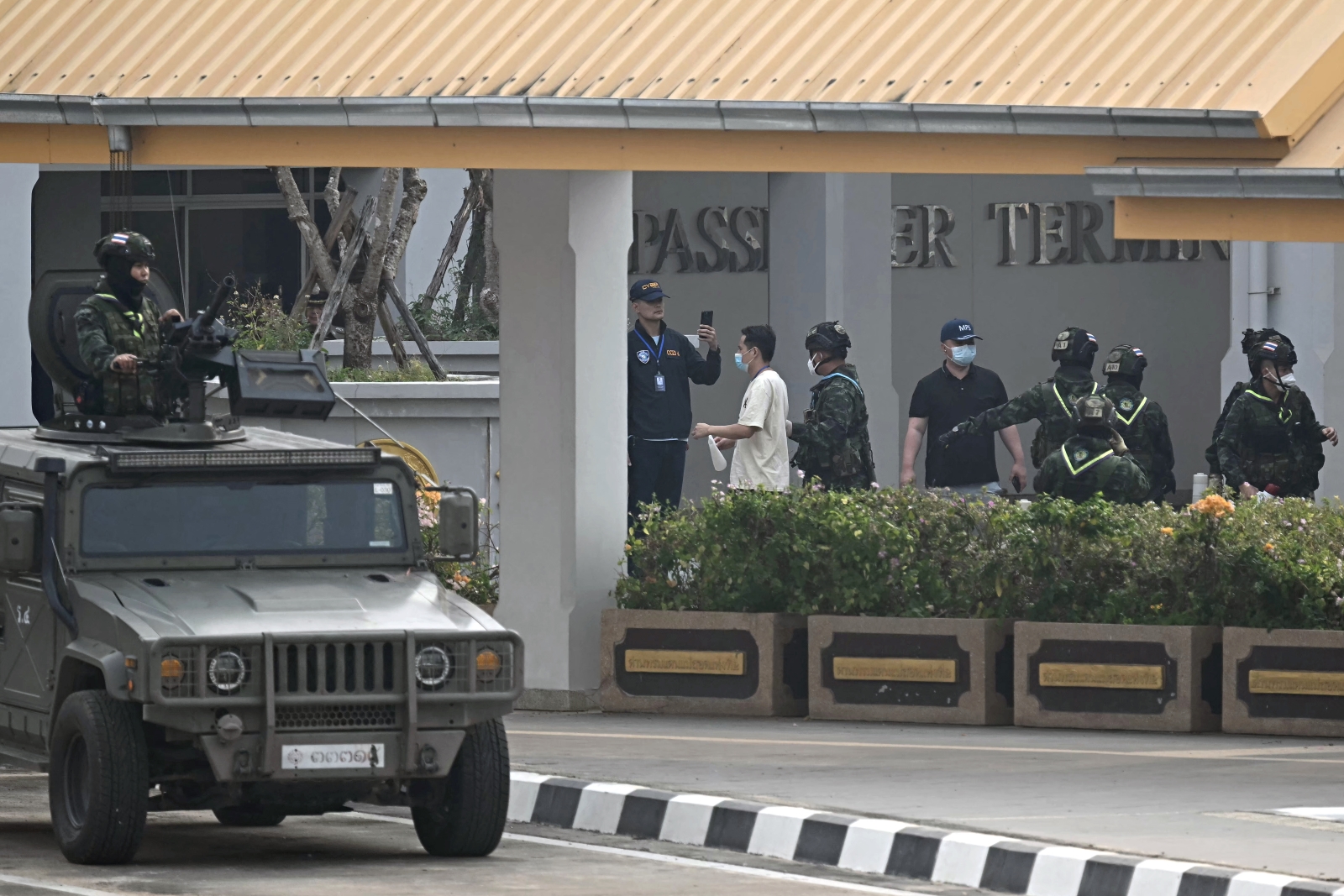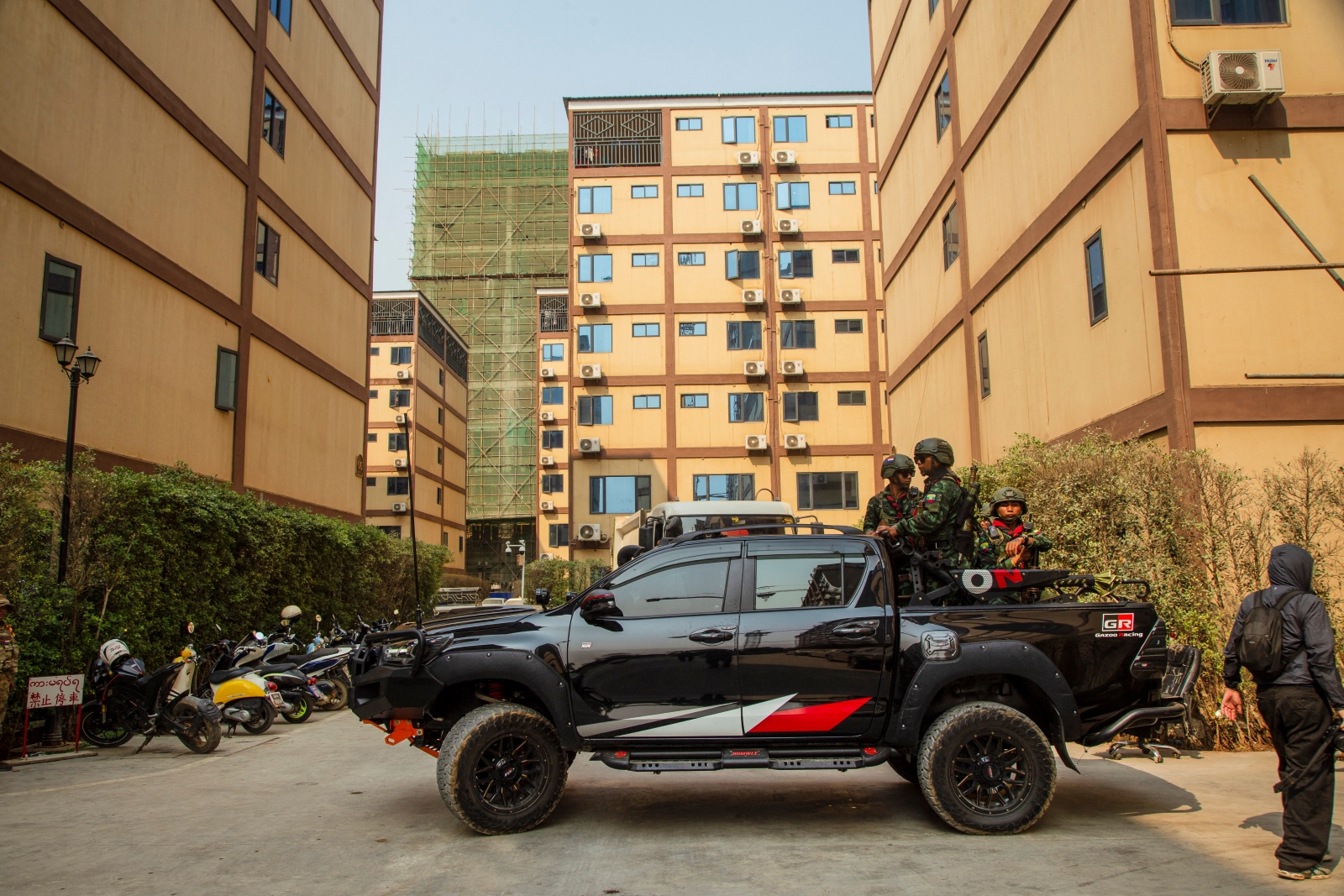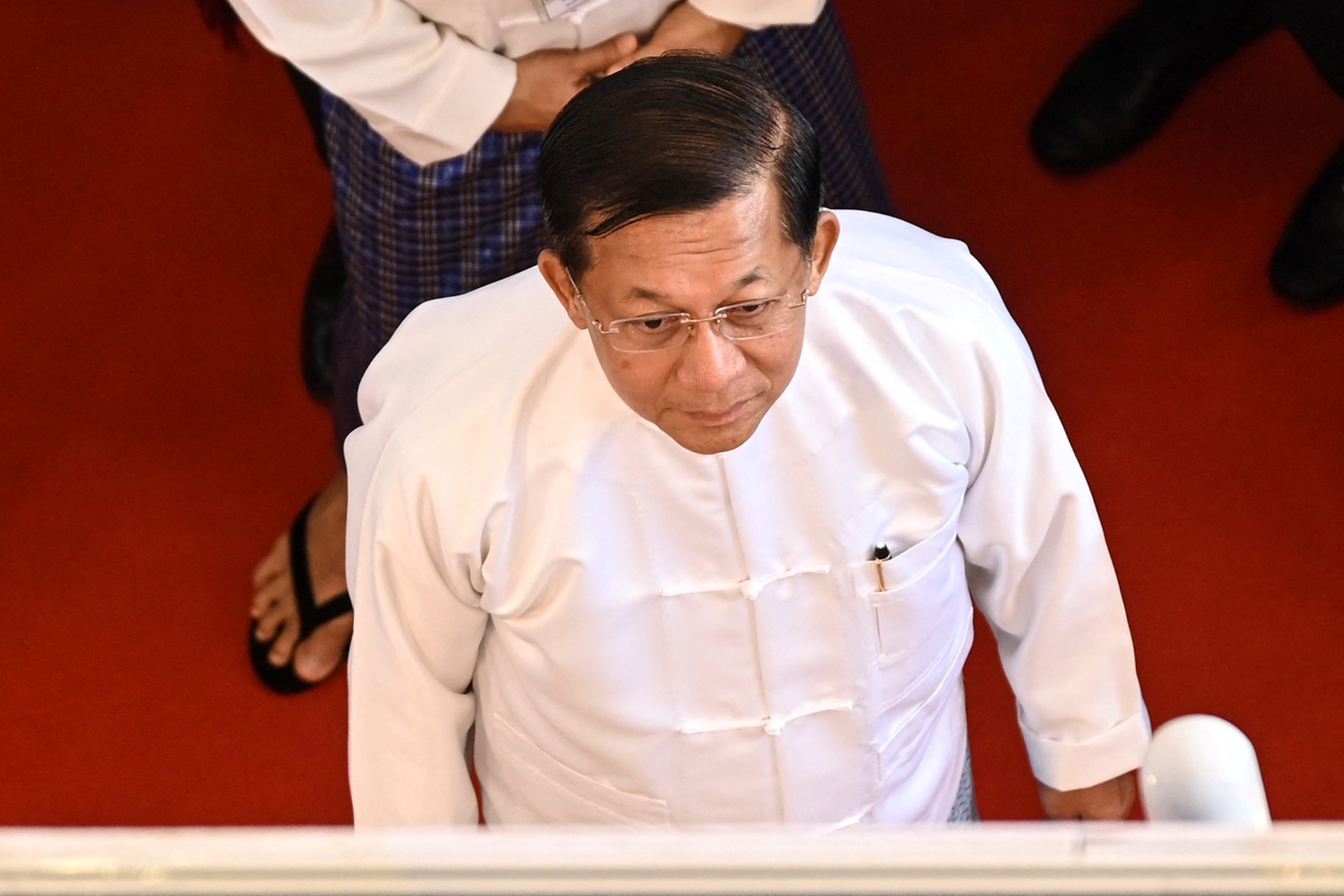The National League for Democracy government faces a huge challenge in diplomatic relations with China over the future of the controversial Myitsone dam project.
By SITHU AUNG MYINT | FRONTIER
On March 3, Lui Zhan, director-general of international business with China’s State Power Investment Corporation met visiting Myanmar journalists in Beijing. State-owned SPIC was formerly the state-owned China Power Investment Corp, that in December 2006 signed a memorandum of understanding with the Ministry of Electric Power to build the US$3.6 billion plus Myitsone dam. Mr Lui told the journalists that SPIC wanted to negotiate with the incoming National League for Democracy government to resume work on the controversial project.
On March 8, in his yearly news conference on the sidelines of the annual meeting of China’s parliament, Foreign Minister Wang Yi said Beijing was trying to find a solution to the stalled project.
“The Myitsone dam is a commercial cooperation project, and had all its approvals completed,” Mr Wang said, adding that both countries would continue to “proactively appropriately handle” the matter.
This week I would like to discuss how important is the Myitsone dam for China and how it might resolve its future, following President U Thein Sein’s September 2011 decision to suspend work on the project for his term in office.
Support more independent journalism like this. Sign up to be a Frontier member.
The project was launched after a member of the former ruling junta, General Thiha Thura Tin Aung Myint Oo, who was Vice President from March 2011 until he resigned in July 2012, sought China’s help for hydro-power projects. As well as the Myitsone dam on the Ayeyarwady near the confluence of the Malihka and N’mai rivers, the project envisaged a total of seven hydro-power dams, including five on the Malihka.
The Myitsone dam, the first on the Ayeyarwady, was planned to have an installed capacity of 6,000 megawatts and the total project, 21,600MW, or about five times Myanmar’s current supply. The entire project was estimated to cost $30 billion, making it one of the biggest overseas investments by a Chinese state-owned company. Under the initial agreement, CPI was to cover 80 percent of the cost, the Myanmar Government 10 percent, and privately-run Asia World, five percent.
The agreement provided for Myanmar to receive 10 percent of the power generated by the Myitsone dam free of charge, with the option of buying another 20 percent, but most of the electricity was to be exported to China.
When President U Thein Sein suspended the project amid an escalating national protest movement that had highlighted the cultural and historical significance of the Ayeyarwady, work had already begun.
In his briefing for the journalists in Beijing, Mr Liu said more than $800 million had been spent on the project by the time it was suspended. Since this money was borrowed from banks, it was attracting interest.
Mr Liu said SPIC hoped to hold talks on the future of the dam with NLD leader Daw Aung San Suu Kyi in May.
The issue poses a dilemma for the NLD because allowing a resumption of work on the dam would be highly unpopular but Myanmar has an acute need for more electric power.
The protests against the dam in 2011 were unusual for uniting citizens from diverse backgrounds, from Kachin villagers to environmental activists. Some protestors described the Ayeyarwady as the soul of the nation and said damming it would be sacrilege.
President U Thein Sein acknowledged public pressure against the project when he announced its suspension. “Being the government elected by the people, it upholds the aspiration and wishes of the people,” he said.
Resolving the issue will not be easy.
To maintain friendly ties between the NLD government and Beijing, to respect the opinions of the people of both countries, to honour agreements and pledges made between the two countries as much as possible for their mutual benefit, the problem of the Myitsone project needs to be negotiated patiently to produce a win-win outcome.


